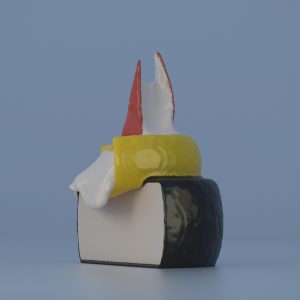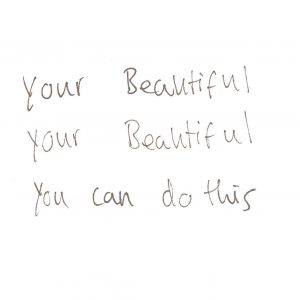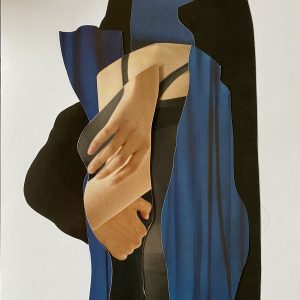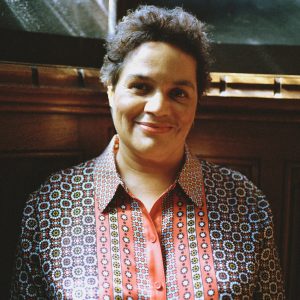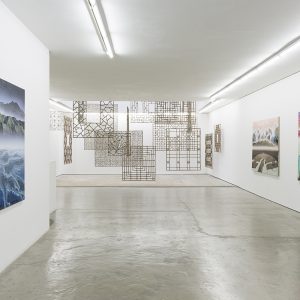Pat Flynn
Artist: Pat FlynnTitles: Cheese, Cheese Selection, Cheese HoleYear: 2015Medium: C-type prints on di-bond 52.5cm x 70cm Edition of 5 +1AP. Courtesy the artist and The International 3Brief biography: b.1972, UK. Lives & works in Greater Manchester.Acquired: 2015, from the International 3 Gallery Pat Flynn is an artist based in Greater Manchester. His realistic, digitally-rendered work focuses on “how we understand ourselves […]
